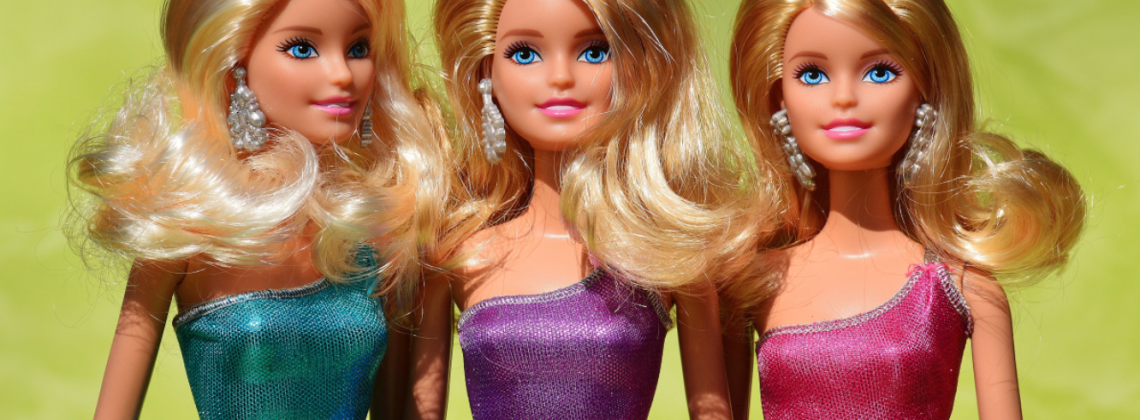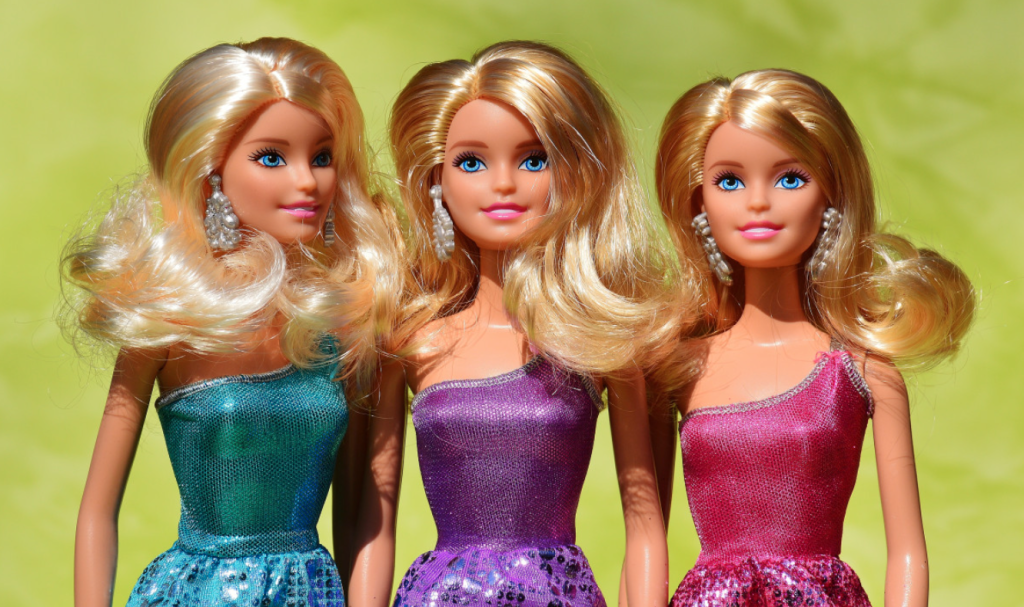

Greta Gerwig’s Barbie just wants to be a woman
My Gen Z sister-in-law came back from the cinema saying that Greta Gerwig’s Barbie is funny but “so feminist, too feminist.” I had seen the film myself only a few days before, but I hadn’t read any reviews or talked about it with anyone yet. I was shocked. Too feminist? The film I watched seemed to me a satire on contemporary feminism. Five minutes on Twitter confirmed that my sister-in-law was not alone, with many well-known commentators denouncing Barbie’s anti-family, man-bashing plot. How could I have interpreted its message so differently?
There are a few threads to untangle here. The first problem is that Barbie is an extremely self-aware film, making it very difficult for the audience to work out whom the humor is directed at. Are we meant to laugh at the Real World Mattel male employees for their failure to understand what women want? Or at Ken becoming a men’s rights activist? Or at the Barbie world itself, where every woman is a president or a famous scientist, but the men don’t appear to have houses (and Ken’s job is just “beach”)?
My suggested answer: all of the above. What makes Barbie so disturbing is that it mimics our society’s woes so effectively. We live at a time when the relationship between the sexes is fraught, even warlike. We teach university students about consent, but not about meaningful relationships between men and women, and little about cooperation and mutual sacrifice. Dating has become a zero-sum game. Barbie’s humor is the existential humor of a society that believes the only way for women to be happy is to strip men of political power, and the only possible response for men is to take that power back by coercion (and with horses, according to Ken!).
This gets us to problem number two. It is almost meaningless to call Barbie “too” feminist without specifying what kind of feminism we are talking about. The feminist movement is one that is not—and as the likes of Mary Harrington and Louise Perry have rightfully pointed out, never has been—particularly homogenous. The mainstream millennial movement that most of us think about when we hear the term is liberal feminism, the brand of feminism that focuses on women having choices and that embraces the idea of progress. This is the feminism that Margot Robbie’s Stereotypical Barbie embraces at the beginning of the film. She is convinced that because of President Barbie, Scientist Barbie, and Diplomat Barbie little girls in the real world have been encouraged to pursue their dreams. One magical doll—in its many colorful iterations—has secured the progress of humankind towards perfect equality.
The problem is, we cannot really believe that Barbie actually espouses liberal feminism because the rest of the film is spent with stereotypical Barbie in an existential crisis once she realizes that this perfect world of perpetual progress does not exist, women are still unhappy in the real world, and even in the pastel-pink perfection of Barbieland, half of the population—the Kens—are actually dreadfully unhappy. When the Barbies regain political power from the Kens towards the end of the film, Robbie’s character is seen looking sad; she eventually joins the other Barbies’ cheering, but she’s still clearly unsatisfied with the solution.
Enter what has been termed reactionary feminism. Reactionary feminism is essentially sex-realist, accepting the unique physical reality of men and women and eschewing superficial gender stereotypes in favor of acknowledging—and honoring—real biological differences. Now, I do not at all claim that Greta Gerwig is a reactionary feminist; she, on the contrary, has some obvious progressive commitments. After all, one of the Barbies is played by a transgender actor, and there does seem to be a pretty clear message that, if the Barbie world is unfairly treating the Kens, it is only because it’s meant to act as a counter to the Real World, which unfairly treats women. Nonetheless, whether consciously or in spite of herself, Gerwig has created a narrative arc for Stereotypical Barbie that reveals the one underlying desire that reactionary feminists claim we have repressed: women’s desire to be recognized first and foremost in our physical femaleness, in the reality of our bodies.
Let’s test my theory out. Stereotypical Barbie doesn’t have a glamorous or world-leading job like some of her friends. She’s not particularly “successful” or “accomplished” professionally, just as most men and most women in the real world are not. What she does have is perfect looks. She is stuck in a state of perpetual youth and perfect physical health. She is adored because she is beautiful. But that also means that some significant experiences of womanhood are precluded for her. Everyone in Barbieland ignores the physical reality of femaleness and maleness; there are no children, no elderly people. Presumably the Barbies cannot give birth. The one pregnant character, Barbie’s friend Midge, is ignored as an anomaly, a model that should never have been made. All of this changes, though, when Barbie starts “malfunctioning” (she develops flat feet—the horror!) and travels to the Real World. Here is where she realizes that being an embodied woman, although it comes with much suffering, is ultimately more fulfilling than being an ideal. In a moving scene that was apparently almost cut from the film, Robbie’s character gazes at an elderly woman at the bus stop, telling her, “You’re beautiful.” Barbie, we must remember, has presumably never seen an aging person before. Later she meets her Real World “owners,” Gloria and her daughter Sasha. She discovers that she has been having depressing thoughts about death because the relationship between mother and daughter has become fraught, but she’s also fascinated by their bond: another example of how having a real female body that can age and bear children is at once terrifying and an enormous blessing.
Indeed, when Barbie finally meets her creator, Ruth Handler, her desire is no longer to live a perfect, protected life in Barbieland. Rather, she chooses to become human and thus vulnerable in her femaleness. In fact, I’m surprised that Barbie’s last scene has not been received more negatively by the kind of progressive commentators who claim that gender is a construct and womanhood is invented. In the very last few moments of the film Barbie is seen entering a building, having swapped highlighter-pink dresses for a business-casual look. You’re led to believe that she’s there for a job interview, that starting a career is how she’s about to achieve agency. But instead, she simply tells a receptionist, “I’m here to see my gynecologist.” It’s a good joke; it’s so much more than that. It reminds us that Barbie wants to be a woman, just a biological woman, more than she wants to be the president or a Nobel prize winner. And for a film that’s feminist, in some ways even too feminist for my taste, Barbie actually reaches a refreshingly reactionary conclusion.
Beatrice Scudeler holds an M.A. in English from Oxford University. She is a freelance writer on literature, religion, the arts, and family life.
image: pxhere